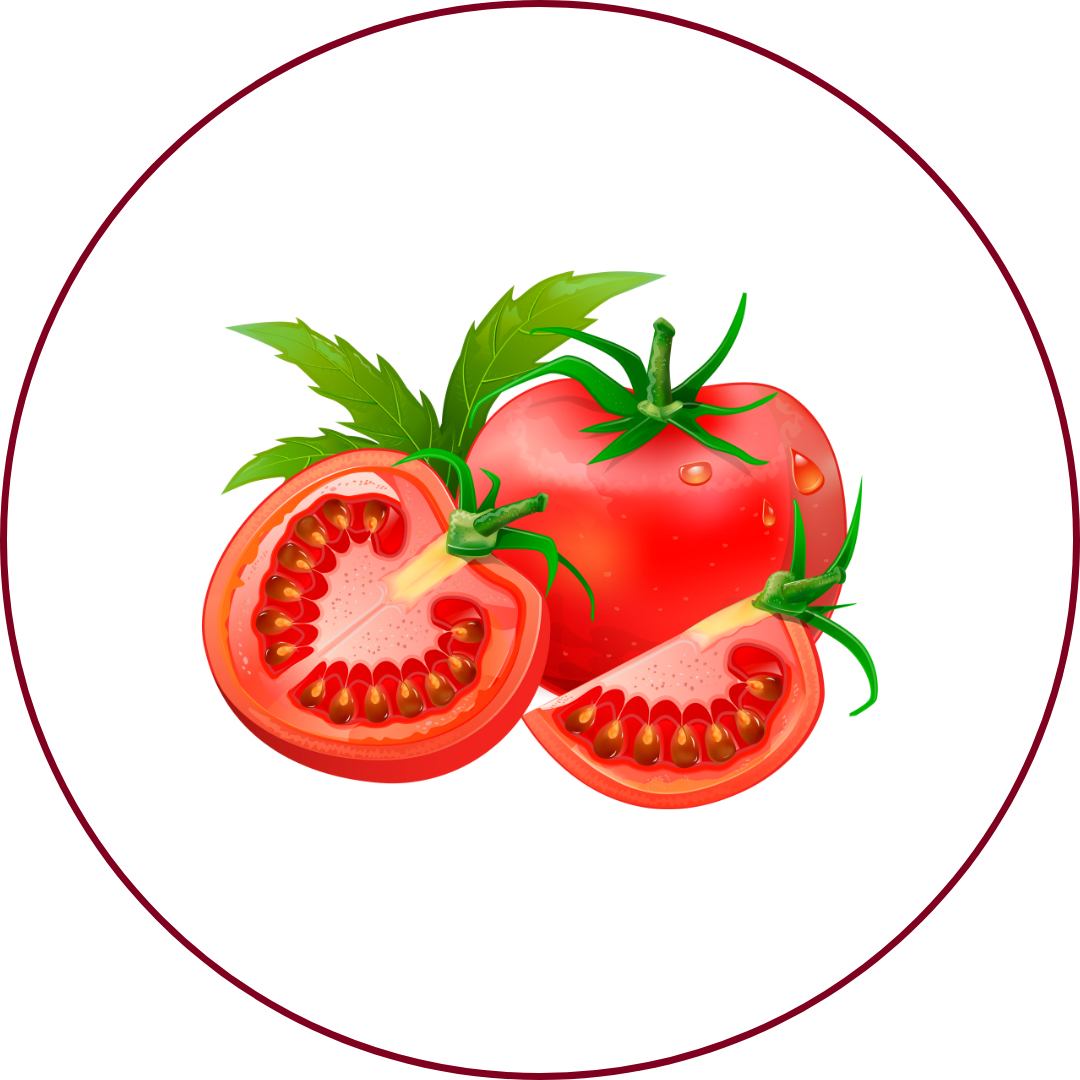Grape Variety
Sangiovese
"san-jo-veh-zeh"
Wine Styles
 Sparkling
Sparkling Light White
Light White Full White
Full White Aromatic
Aromatic Rosé
Rosé Light Red
Light Red Medium Red
Medium Red Full Red
Full Red Dessert
DessertAbout Sangiovese
Origin
Tuscany, Italy
History
Sangiovese is Italy's most widely planted red grape variety, with a history dating back to Roman times. The name 'Sangiovese' is derived from the Latin 'sanguis Jovis,' meaning 'blood of Jupiter.' It is the primary grape used in renowned Italian wines such as Chianti, Brunello di Montalcino, and Vino Nobile di Montepulciano. Sangiovese's adaptability has led to its cultivation in various regions worldwide, including the United States and Australia.
Appearance
Small to medium-sized, thin-skinned berries with a blue-black hue, forming relatively loose clusters.
Growing Traits
Sangiovese is a versatile grape that adapts to various climates and soils, though it thrives in well-drained, limestone-rich soils. It is a late-ripening variety, requiring a long growing season to achieve optimal ripeness. The grape's thin skin makes it susceptible to rot, necessitating careful vineyard management. Its high acidity and moderate tannins contribute to its excellent aging potential.
Wine Characteristics
Body
3/5
Sweetness
1/5
Tannin
3/5
Acidity
4/5
Alcohol
3/5
Medium to full-bodied with a firm structure, characterized by vibrant acidity and moderate tannins. Typically vinified dry, though some off-dry styles exist. Moderate tannin levels, contributing to a balanced and approachable profile. High acidity, providing freshness and enhancing its food-pairing versatility. Moderate to high alcohol content, generally ranging from 12% to 14%, depending on the winemaking style.
Taste Profile

Cherry

Red plum

Tomato

Dried herbs

Leather
Sangiovese wines are celebrated for their vibrant red fruit flavors, notably cherry and red plum, often accompanied by savory notes of tomato and dried herbs. With age, they develop complex characteristics such as leather, tobacco, and earthy undertones. The high acidity and moderate tannins provide a balanced structure, making Sangiovese both approachable in its youth and capable of aging gracefully.
Food Pairing
Sangiovese's high acidity and moderate tannins make it a versatile companion for various dishes. It pairs exceptionally well with Italian cuisine, including tomato-based pasta dishes, pizza, and grilled meats. The wine's savory character complements roasted vegetables, hard cheeses like Parmigiano-Reggiano, and cured meats such as prosciutto. Its adaptability also allows it to pair with diverse cuisines, including spicy dishes and hearty stews.
Growing Regions

Italy
TuscanyUmbriaEmilia-Romagna

United States
CaliforniaWashington

Australia
VictoriaNew South Wales
Notable Wines & Producers
Brunello di Montalcino
Biondi-Santi
Casanova di Neri
Chianti Classico
Antinori
Castello di Ama
Vino Nobile di Montepulciano
Avignonesi
Poliziano
Sangiovese FAQ
Common questions about this grape variety
What is the origin of Sangiovese?
+
Tuscany, Italy
Is Sangiovese wine full bodied?
+
Sangiovese has a body level of 3 out of 5. Which means that Sangiovese is Moderate bodied.
Is Sangiovese wine dry or sweet?
+
Sangiovese has a dryness level of 1 out of 5. Which means that Sangiovese is Dry.
Where is Sangiovese wine from?
+
Tuscany, Italy
Where is Sangiovese grown?
+
Sangiovese is grown in Italy (Tuscany, Umbria, Emilia-Romagna)United States (California, Washington)Australia (Victoria, New South Wales).
What is Sangiovese like?
+
Sangiovese wines are celebrated for their vibrant red fruit flavors, notably cherry and red plum, often accompanied by savory notes of tomato and dried herbs. With age, they develop complex characteristics such as leather, tobacco, and earthy undertones. The high acidity and moderate tannins provide a balanced structure, making Sangiovese both approachable in its youth and capable of aging gracefully.
What does Sangiovese pair with?
+
Sangiovese's high acidity and moderate tannins make it a versatile companion for various dishes. It pairs exceptionally well with Italian cuisine, including tomato-based pasta dishes, pizza, and grilled meats. The wine's savory character complements roasted vegetables, hard cheeses like Parmigiano-Reggiano, and cured meats such as prosciutto. Its adaptability also allows it to pair with diverse cuisines, including spicy dishes and hearty stews.
What does Sangiovese taste like?
+
Sangiovese wines are celebrated for their vibrant red fruit flavors, notably cherry and red plum, often accompanied by savory notes of tomato and dried herbs. With age, they develop complex characteristics such as leather, tobacco, and earthy undertones. The high acidity and moderate tannins provide a balanced structure, making Sangiovese both approachable in its youth and capable of aging gracefully.
Take Sangiovese Knowledge with You
Access detailed grape profiles, tasting notes, and pairing suggestions on your iPhone.
Download on theApp Store